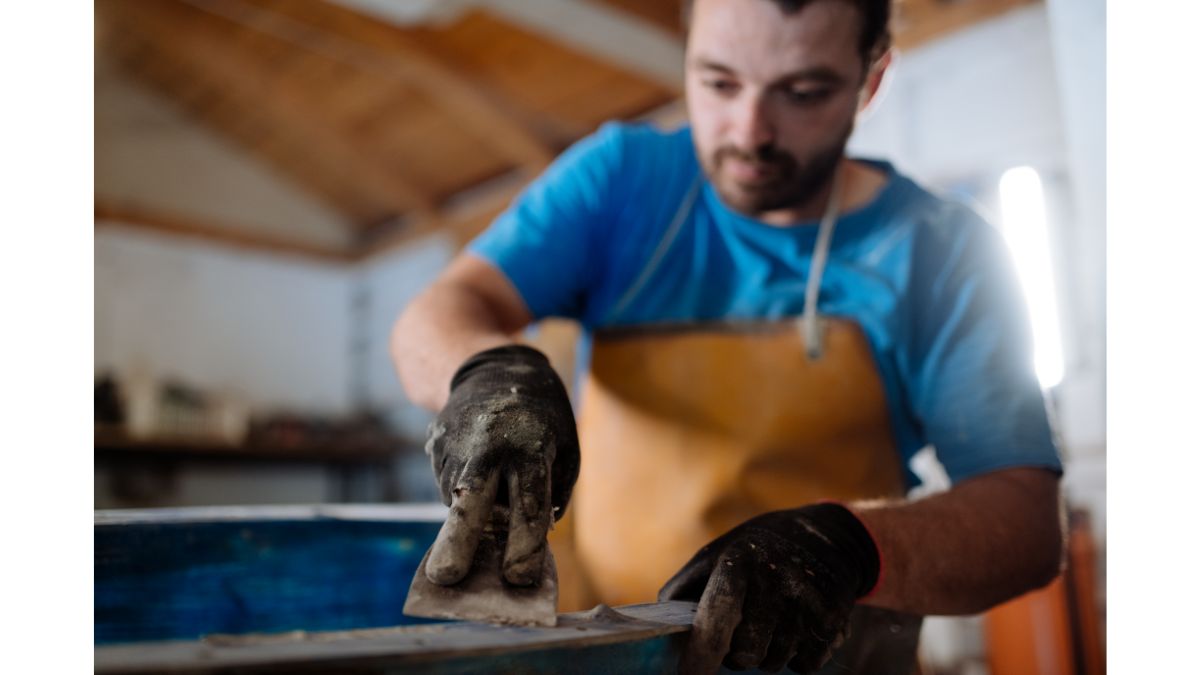International. A team led by Lawrence Berkeley National Laboratory is developing a new self-assembling nanosheet that could significantly extend the shelf life of consumer products.
And as the new material is recyclable, it could also enable a sustainable manufacturing approach that keeps single-use packaging and electronics out of landfills.
The team is the first to successfully develop a high-performance, multi-purpose barrier material from self-assembling nanosheets.
The new nanosheet material overcomes the problem of stacking defects by completely omitting the serially stacked sheet approach. Instead, the team mixed mixtures of materials known to self-assemble into small particles with alternating layers of the component materials, suspended in a solvent.
To design the system, the researchers used complex mixtures of nanoparticles, small molecules, and supramolecules based on block copolymers. The researchers predicted that the complex mixture used for the current study would have two ideal properties.
In addition to having high entropy to drive the self-assembly of a stack of hundreds of simultaneously formed nanosheets, they also expected the new nanosheet system to be minimally affected by different surface chemistries. This would allow the same mixture to form a protective barrier on a variety of surfaces, such as the glass screen of an electronic device or a polyester mask.
To test the material's performance as a barrier coating in several different applications, the researchers enlisted the help of some of the best research facilities in the country.
Experiments at the Molecular Foundry showed that the material has great potential as a dielectric, an "electronic barrier" insulating material commonly used in capacitors for energy storage and computer applications.
During experiments at Argonne National Laboratory's Advanced Photon Source, the researchers mapped out how each component binds together and quantified their mobilities and how each component moves to grow a functional material.
Based on these quantitative studies, the researchers fabricated barrier coatings by applying a dilute solution of polymers, small organic molecules, and nanoparticles to various substrates: a beaker and a Teflon membrane, a polyester film, thick and thin films of silicon, glass, and even a prototype of a microelectronic device and then controlling the rate of film formation.
Transmission electron microscope experiments show that when the solvent evaporated, a highly ordered layered structure of more than 200 nanosheets stacked with very low defect density had self-assembled onto the substrates.
The researchers also managed to fabricate each 100-nanometer-thick nanosheet with few holes and gaps, making the material particularly effective at preventing the passage of water vapor, volatile organic compounds, and electrons.
In collaboration with researchers from Berkeley Lab's Energy Technologies Area, Ting Xu, a senior faculty scientist in Berkeley Lab's Division of Materials Sciences, and his team demonstrated that when the material is used to coat porous Teflon membranes, it is highly effective at filtering out volatile organic compounds. that can compromise indoor air quality.
And in a final experiment in Xu's lab, the researchers showed that the material can be redissolved and remelted to produce a new barrier layer.
Now that they have successfully demonstrated how to easily synthesize a versatile functional material for various industrial applications from a single nanomaterial, the researchers plan to fine-tune the material's recyclability and add color-adjustability (currently comes in blue) to their repertoire.


























Leave your comment